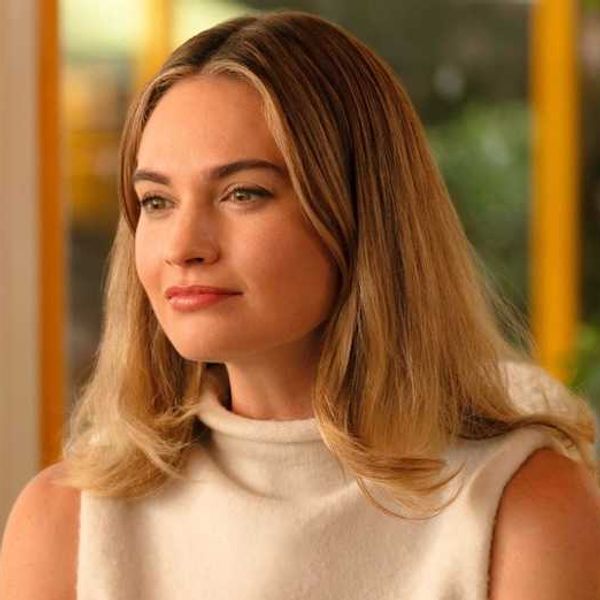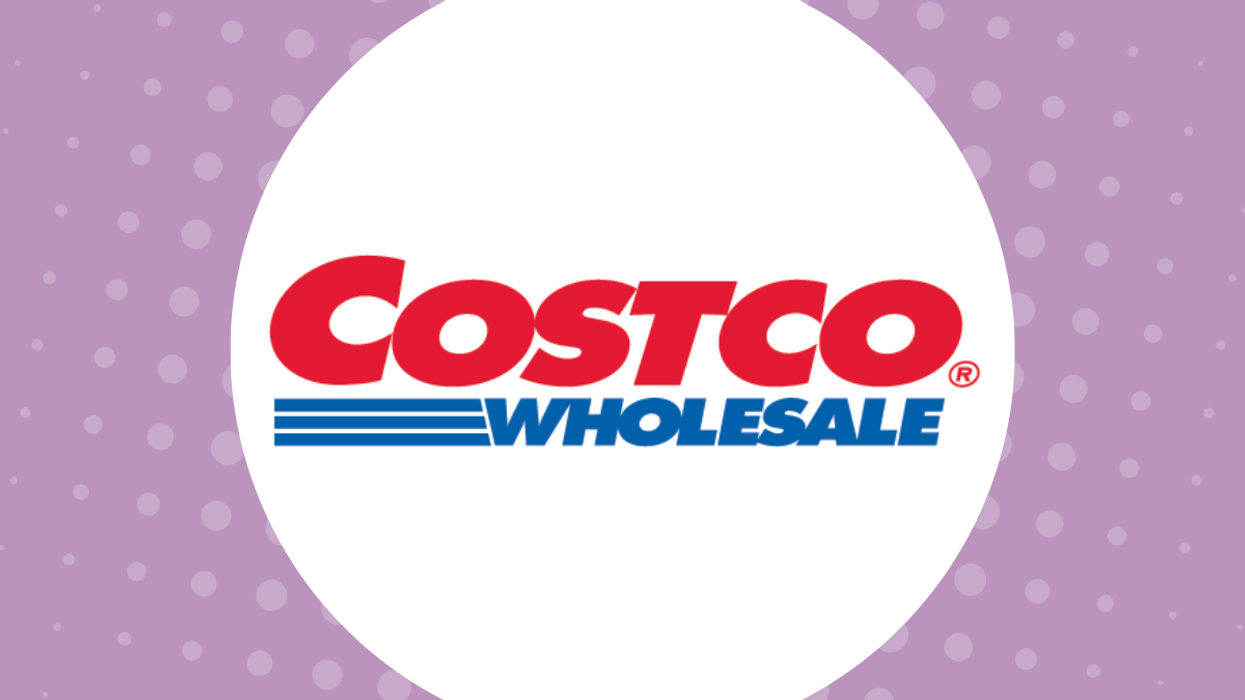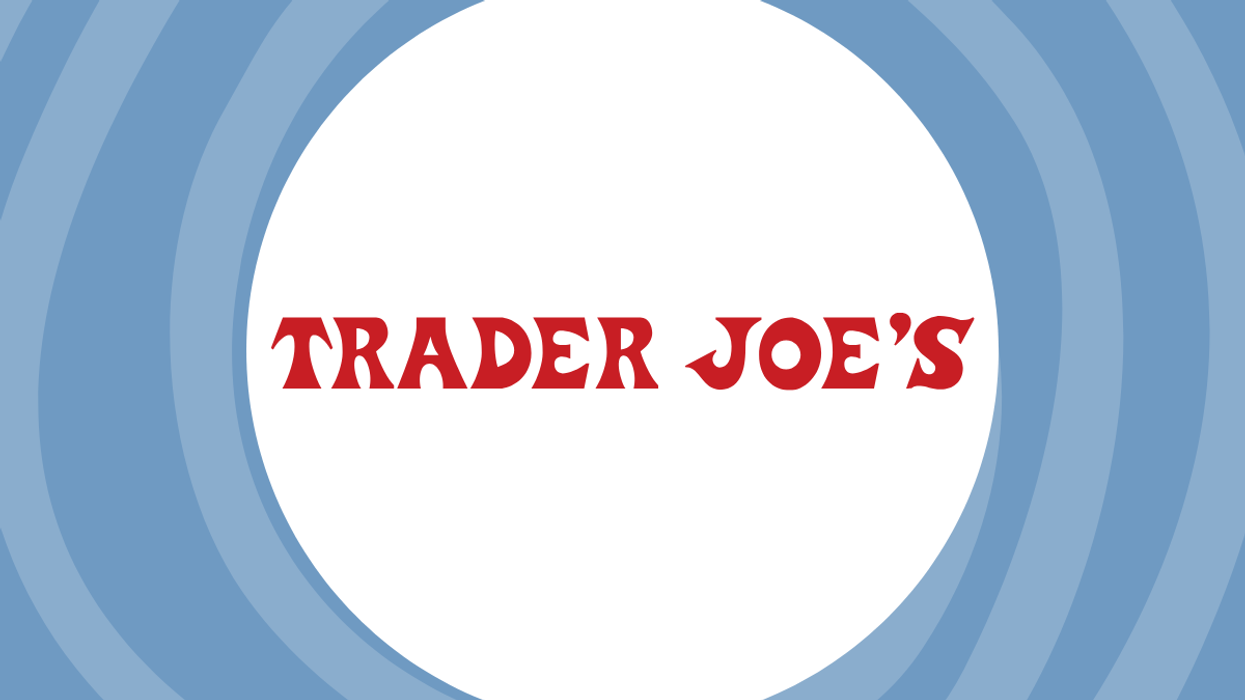This film serves as a reminder that none of us are alone.
The Most Unexpected Aspect Of 'She Said' Is Also The Most Empowering

Chloe Williams serves as B+C’s Entertainment Editor and resident Taylor Swift expert. Whether she’s writing a movie review or interviewing the stars of the latest hit show, Chloe loves exploring why stories inspire us. You can see her work published in BuzzFeed, Coastal Review, and North Beach Sun. When she’s not writing, Chloe’s probably watching a Marvel movie with a cherry coke or texting her sister about the latest celebrity news. Say hi at @thechloewilliams on Insta and @popculturechlo on Twitter!
We're always drawn to stories that uplift and amplify women's voices, and along with films like Do Revenge and Black Panther: Wakanda Forever, She Said is one film from this year that will have you feeling empowered when you leave the theater — just maybe not in the way that you anticipate.
She Said, in theaters November 18 and based on the book by the same name, follows the story of how New York Times journalists Megan Twohey and Jodi Kantor (portrayed by Carey Mulligan and Zoe Kazan, respectively) broke the story about decades-long sexual misconduct from former Hollywood producer Harvey Weinstein. In 2020, Weinstein was found guilty of first-degree criminal sexual act and third-degree rape, and was sentenced to 23 years in prison.
The story, which was published in 2017, changed Hollywood forever. Not only did it become a catalyst for Tarana Burke's #MeToo movement becoming a national movement, but it also won the two women a Pulitzer Prize for their public service.
The Real-Life Story Behind 'She Said'
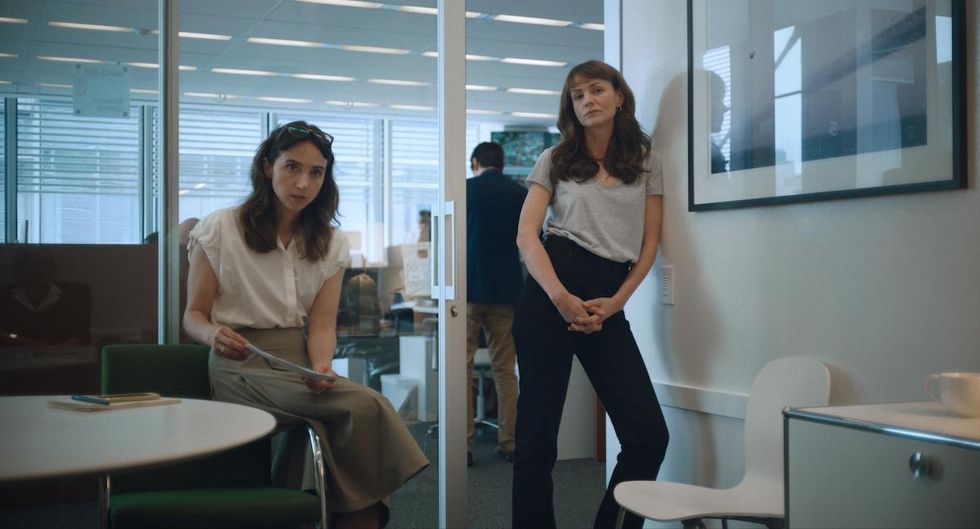
Image used with permission, via Universal Pictures
Since so much of the investigation was off the record, the film lets us peek behind the curtain at the work that both Twohey and Kantor did during the process. Kantor said on The View that she wasn't even looking for information on Weinstein, but after the New York Times broke a story about Bill O'Reilly's sexual misconduct at Fox News, she was tasked with investigating whether the same thing was happening in other industries. She looked into Weinstein and immediately began to see a pattern.
"I was able to reach a few movie stars who told me very serious, painful stories. The women didn't know each other and yet their accounts were eerily similar," Kantor said. As Kantor and Twohey began digging deeper into the story together, and trying to speak with the women who were affected, they realized how complicated it would be.
"I also encountered a lot of lectures from condescending Hollywood executives who said to me, 'Sexual harassment is just part of this business," Kantor continued. "'It's part of how Hollywood is and that's the way it will always be.'"
How The Film's Unexpected Style Underscores Its Seriousness
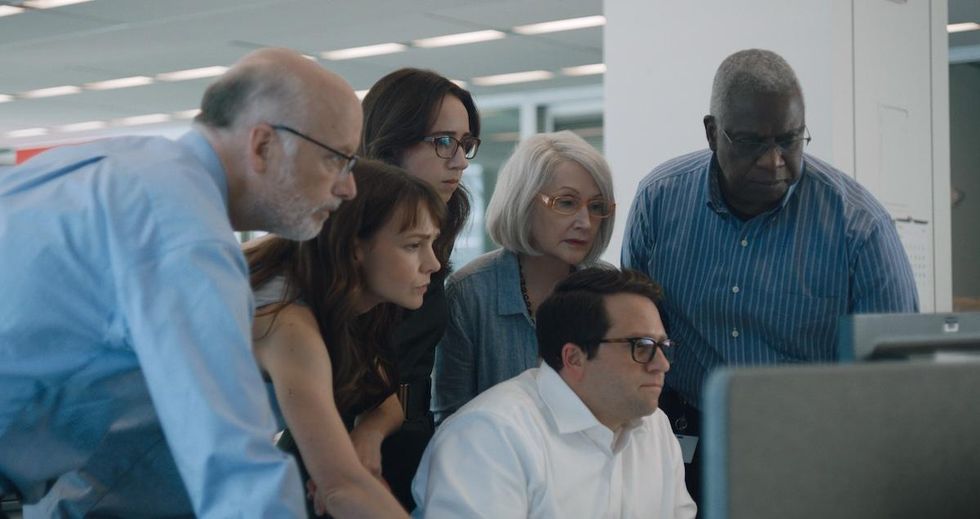
Image used with permission, via Universal Pictures
As opposed to other sweeping, dramatic journalism films like Spotlight (which follows the Boston Globe journalists who wrote about sexual abuse in the Roman Catholic Church), She Said takes a toned-down approach to storytelling that allows the facts and sometimes-mundane aspects of the journalistic process to take center stage. There's nothing spectacular about the costumes, direction, or even the lighting, and the down-to-earth approach makes everything about the women and the work that they're doing feel more realistic.
That isn't to say the film has no drama — simple shots like the red hand at a crosswalk (handprints are often used by sexual assault survivors to show where they were touched) and scenes like when Kantor talks to her young daughter about sexual assault take our breath away because of their simplicity.
According to RAINN, 90 percent of survivors are women and over 463,000 women are assaulted each year, which makes the day-to-day of Twohey and Kantor's efforts hit home. "I think most women unfortunately have experienced some kind of sexual harassment in their lives or behavior that made them feel uncomfortable and they didn't even know why," Kazan said on The View. "I think it's a really relatable thing."
How The Film's Editing Emphasizes The Vastness Of #MeToo
While the conversations and experiences happen in such a natural way that you almost forget you're watching a movie, the relatability is also emphasized by the choppy editing style. During some scenes, you barely get to absorb a piece of information or storytelling before a cut takes you to another time or place. But its effect is much more profound than it is distracting — it emphasizes the sheer enormity of the problem, and the number of women affected.
The editing feels disjointed at times, which is an excellent reflection of the widespread impact of Weinstein's violence — and violence against women as a whole. There are so many women represented in the film, both stateside and in other parts of the world, that the jumps between them just serve as a reminder of how widespread this violence was. Over 87 women accused Weinstein of violence, according to USA Today.
Not only did the vast number of women depicted make an impact, but realizing how different they were from one another makes watching the film a more holistic and comprehensive experience. Each woman has to find a way to heal from her past and figure out how to carry on with her life.

Image used with permission, via Universal Pictures
The chaos contained in the film strengthens the fact that no one is alone in their struggles, and that women can only grow stronger when they come together. The fact that so many of the women wanted to stay anonymous, or had to because of NDAs, contrasts the film's title in a profound way.
She Said as a title and as a concept, emphasizes just how many "she saids" are in the New York Times article, and it also removes the "he said" from the common "he said, she said" cliche.
The film focuses the story on the voices of women who otherwise might not have the opportunity to be heard. Telling so many different stories at once allows you to see just how many people ended up being connected to one another, and that no matter who you are, there is still power in telling the truth. It's empowering to watch and empowering to experience.
"The film really is a tribute to female heroism, and it's something I don't really see onscreen very much," Carey Mulligan said on Today. "[The survivors] in the film are really the epitome of that."
"One thing that the movie has to say about [whether change can actually happen] is that collective action does matter," Kazan said on Today. "And if you don't feel yourself to have a powerful voice, that, in sisterhood, we can gain a lot of power."
If you or someone you know are experiencing sexual violence, please contact the National Sexual Assault Hotline.
Brit + Co may at times use affiliate links to promote products sold by others, but always offers genuine editorial recommendations.
Featured image used with permission, via Universal Pictures.



